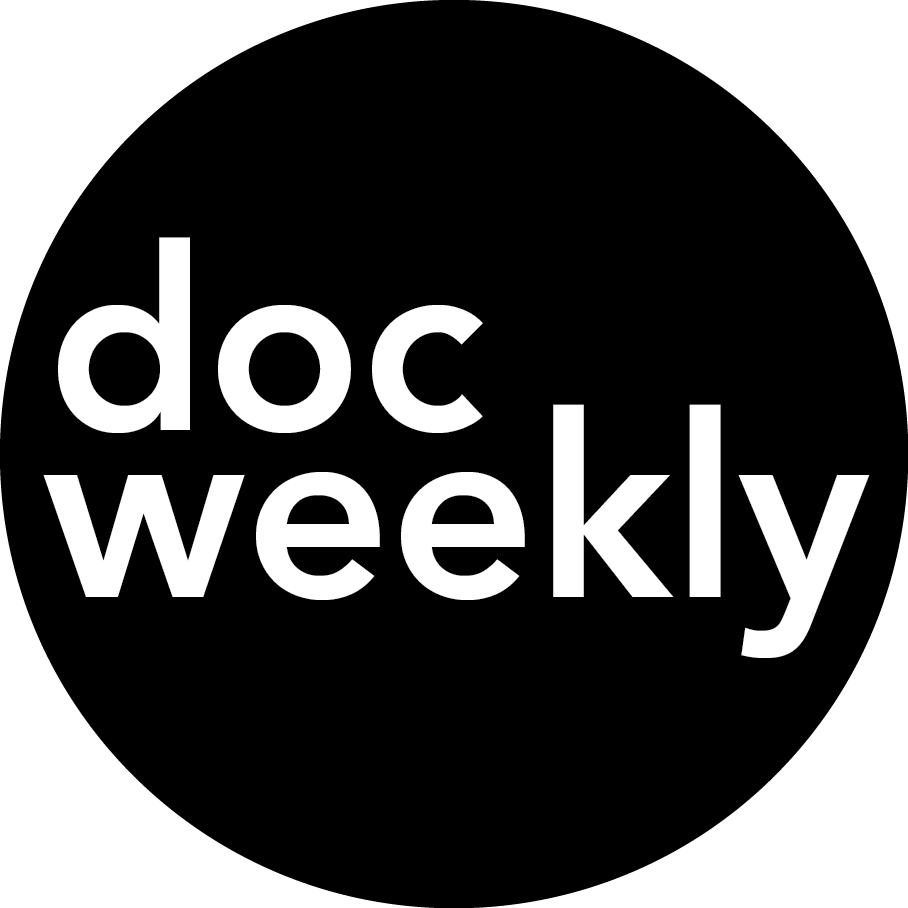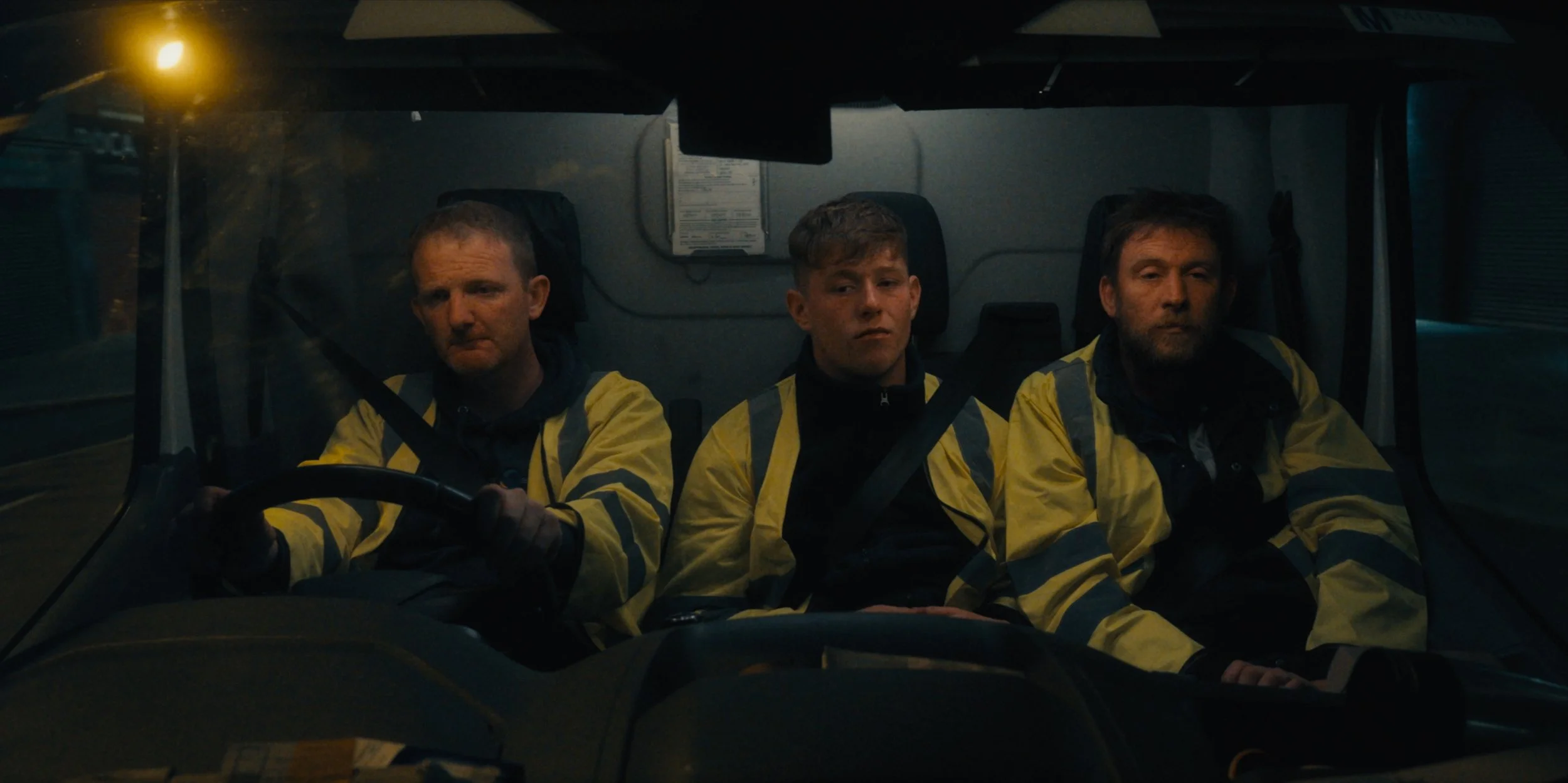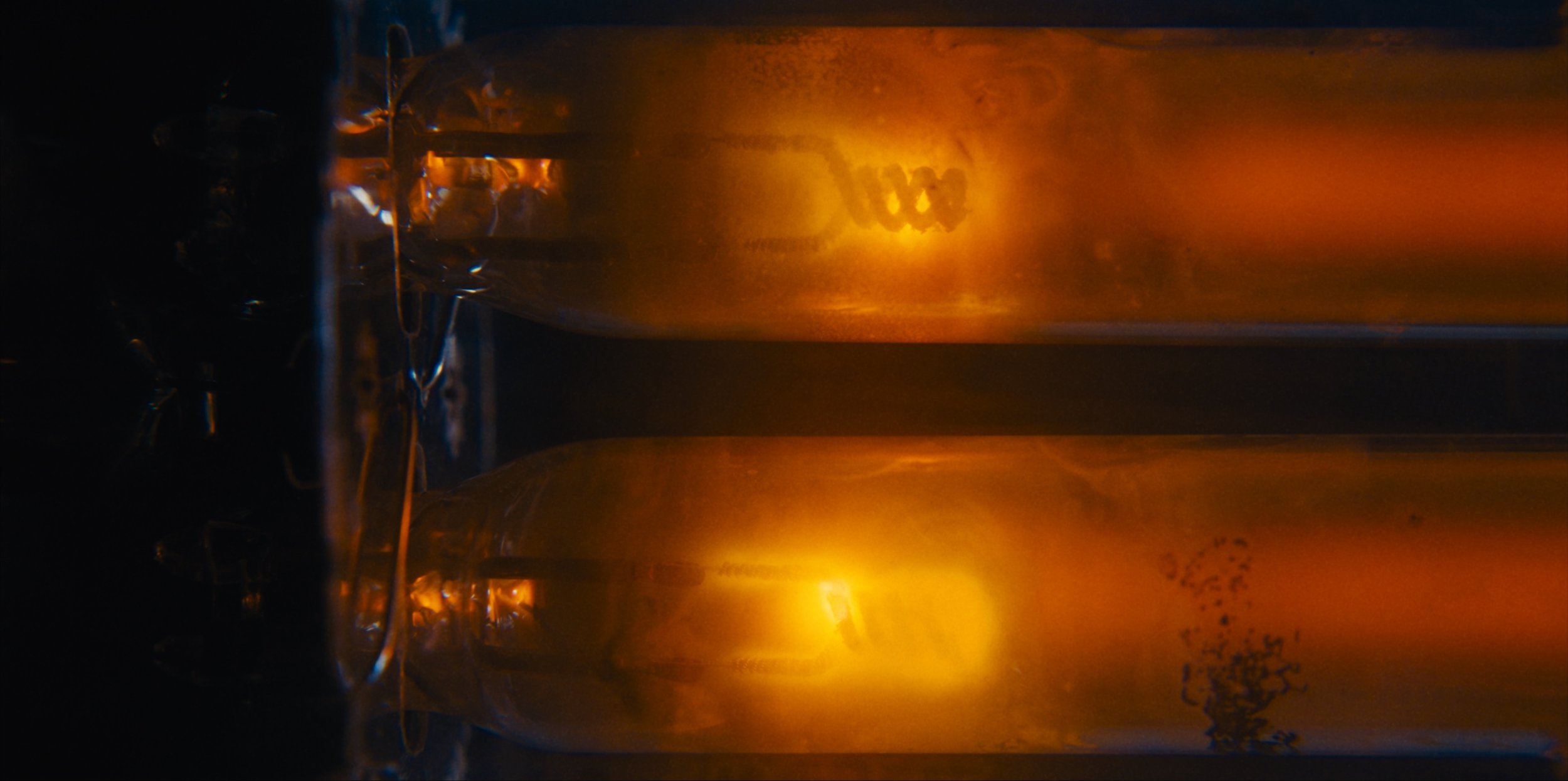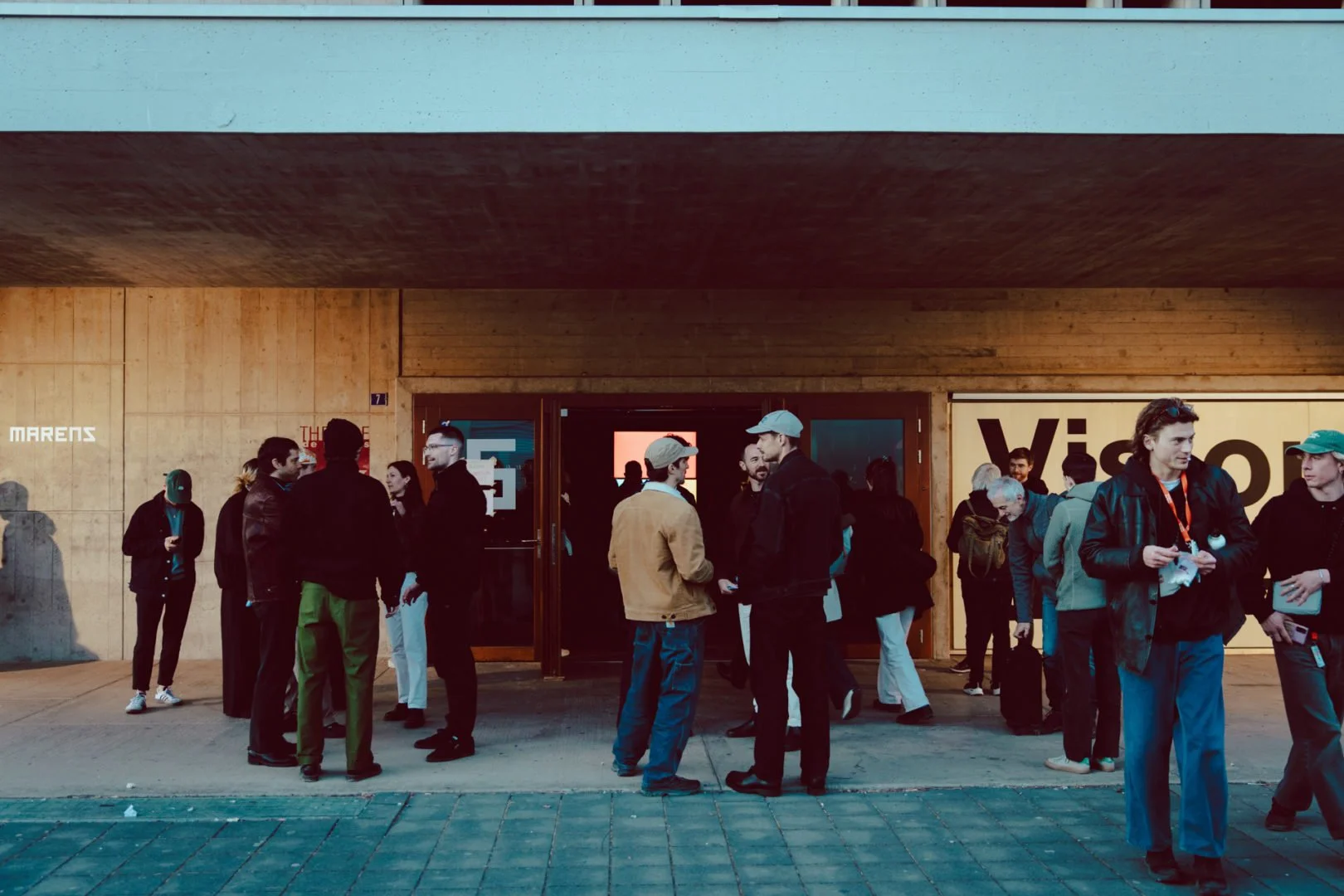No Mean City Interview : Nostalgia For The Nighttime
If you're a European urbanite paying any attention to your environment (or your rent), few topics seem more urgent than the increasingly rapid transformation of our cities. From brick to glass, from shopfront to residential unit and from neighbourhood with a pulse to real estate bled dry. Be it relentless corporate speculation or cost-cutting public services, cities everywhere are seeing cold clean office blocks and chain restaurants crowd out community spaces and stamp out cultural effervescence.
The way our cities look, feel and sound is changing, and at no time is it more obvious than after dark.
World Premiering in the Short Film competition at Visions du Réel, Ross McClean cryptically introduced his film No Mean City as being about sodium. The film was an idea successfully pitched to the global short film series Elemental, which, backed by Sandbox Films, supports projects that explore life through the lens of elements of the periodic table. The film has also been picked up by the New York Times for its Op-Docs platform.
No Mean City takes place in Belfast, following two civil workers and an apprentice who criss-cross the Northern Irish city at night in their van, tasked with switching public lighting from orange sodium light bulbs to white, energy efficient LEDs. Lamppost by lamppost, street by street, they turn glowing pools of flickering orange light into a white surgical glare, to the curiosity, and concern, of passersby.
"I was North of Belfast outside my family house one night and I knew there was something different but I couldn't quite put my finger on what. It was very strange. It wasn’t until my dad said they'd changed the streetlights from sodium to LED that I realised what it was. We now have bright white LED lights on this street on which the sodium orange glow was always so familiar to me.
So then I started diving in and did a bit more research about sodium. When I found out about the Elemental pitch I thought, shit, this is perfect."
It's an odd feeling, being nostalgic for a lightbulb, but you are, almost from the moment it goes out. Even more so when a whole cinema is suddenly lit up by a close-up of the unrelenting LED panel it's replaced with. Jimmy, a retired lamplighter who appears in the film, muses that orange is warm and comforting, that it appeals to something primal, like a small fire, whereas a white fire means danger.
"With sodium, nighttime can still exist. It's orange pools of light but between them it's dark. But then all of sudden with LED, everything's lit and everything's in colour.
That interested me. That our understanding of the nighttime changed within such a short space of time."
Although it never forgets its characters, especially Pack the apprentice who plays a significant symbolic role throughout, it's the deft manner with which No Mean City plays around its narrative structure that really captures the imagination. The city seems neutral, mercurial, and we hear on the radio that tech companies are moving in.
"It's not just about the nighttime, it's about change itself and the tension between the past and the future. That’s what guided us throughout the making of the film."
Despite its short runtime, it's remarkable how well the film conveys this. There's a sense of the end of days in a city that is both modernising and dying at the same time. Becoming more mechanical, less distinctive and leaving little space for its inhabitants to actually exist in. There's a slightly unhinged moment when a group of boys run manically up and down the street across the van's headlights, but the buildings themselves always remain black, cold and silent.
"Belfast has been described as the new Silicon Valley of Europe. And you know we've seen Dublin die as a city for that reason, because it was once this culturally rich, beautiful community. It’s amazing to me but I’ve got four or five friends who I studied Film, English or other creative courses with, who are now doing conversions into programming and software development because it’s the only way they can actually get a job in Belfast.
But Belfast still contains life.
In the film we try and show the future that we're heading into in an extreme way, and we use the lights and the LEDs to do that. But we also hopefully show the heart of the city, the characters."
The city's character is best symbolised by shots of an immense bonfire surrounded by partying teenagers, the annual unionist tradition of the 11th night bonfire, and its eventual near biblical collapse, a yellow, orange and red explosion on a skyline dotted with white lights.
As much as No Mean City leans into feelings of nostalgia, it also brilliantly confronts us with the present. When an old country rendition of "The Lamplighters" plays, the film ends by gleefully thrusting us into a techno infused future (in true Belfast style) when Packie, the apprentice, carelessly switches the car radio on at dawn.
"The film hopefully screams to not live in the past! And not to live in nostalgia. I know this film is a longing for the past, which I very much do, so this ending was an attempt to say screw it. This young guy, Packie, doesn't give a shit about the past. This is the future and whether we like it or not, we've got to embrace it."
No Mean City doesn't suggest turning back time or resisting progress, but it does ask : Is this the future we really want ?
No Mean City world premiered at Visions du Réel 2025. The film is produced by pfilm for Elemental and executive produced by Sandbox Films. It will be shown on the New York Times Op-Docs platform.









